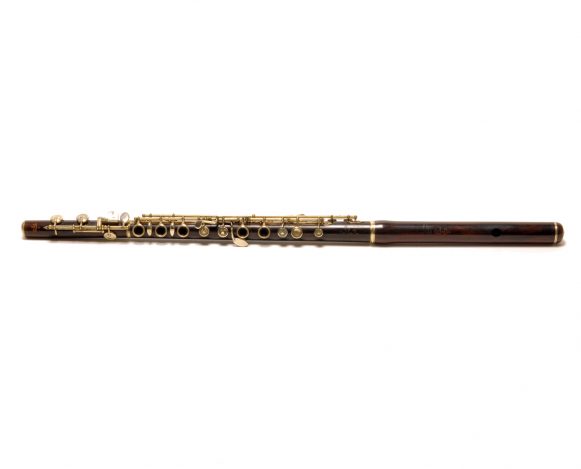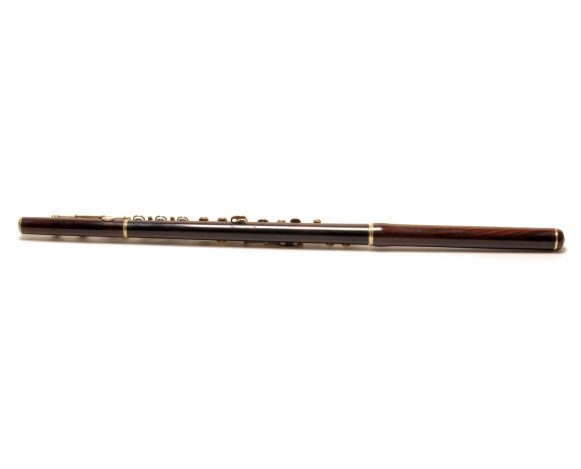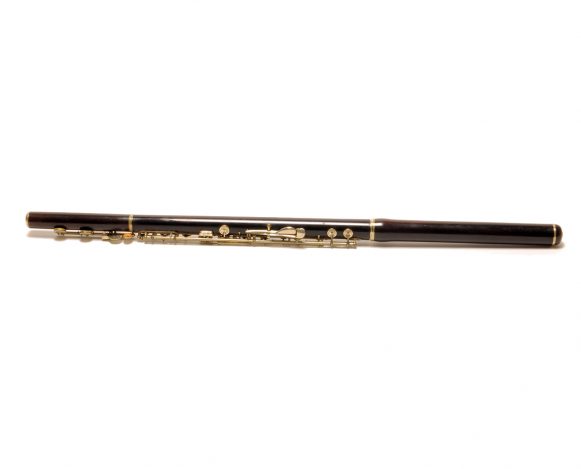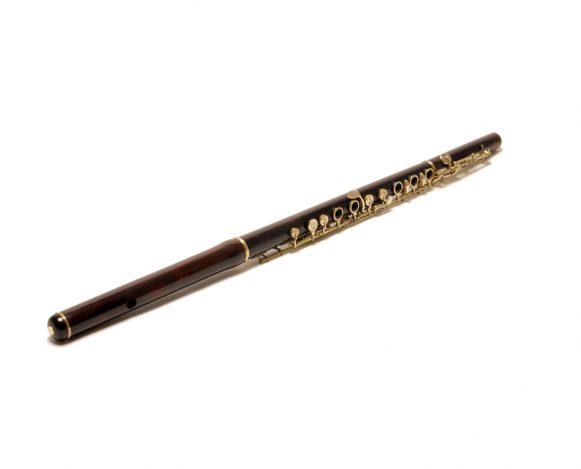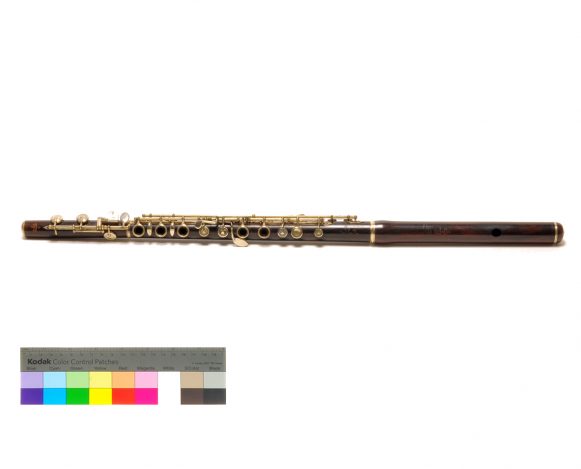The term flute comprises instruments of different cultures. In general, flutes have holes and may or may not have keys; the tubes are hollow and can be made of bone, wood, metal, galalith, plastic, brass or other materials. The instrument’s sound is produced by the blow of the musician into a bevel – in the case of the recorder and other similar instruments – or laterally onto the edge of the hole –like the transverse flute. This current agitates the air column present inside the tube producing sounds. Each note corresponds to a determinate length of air column, controlled by the closing or not of the holes. The oldest flute ever discovered was found in Germany and is made of swan’s bone; the instrument is from the Paleolithic period and is about 36.000 years old. The flutes closer to those used in present orchestras date of the 10th and 11th centuries. On the 16th century, the flutes appeared in pictorial and literary sources all over Western Europe, which shows the instrument’s great popularity during the period. Up until the 17th century, the flutes used to have only holes, which hindered the reproduction of a wide range of notes, and made tuning very hard. To overcome these obstacles, the musician used flutes of various sizes and, therefore, which were able to play different notes. The later use of keys enabled the increase of the instrument’s extension, the improvement on the intonation and the access to all the chromatic scale. On the 19th century, Theobald Boehm, builder, goldsmith and flute player, has done improvements on the instrument that made his flute to be the most used flute in the world. Boehm redesigned the instrument and created ring shaped keys. Each key surrounded a hole and also operated a second hole, which enabled that a finger to cover two or more holes simultaneously. All these modifications made the sonority of the flute stronger and more uniform. Intonation was also improved and the chromatic notes were made more accessible. After much experimentation, Boehm reached his ultimate model in 1847; this flute, with small changes, keeps on being the standard model. The family of flutes include the Piccolo or ottavino (instrument half the size of the transverse flute, tuned an octave higher), the alto flute (tuned in G); the bass flute (tuned an octave lower from the transverse flute).
